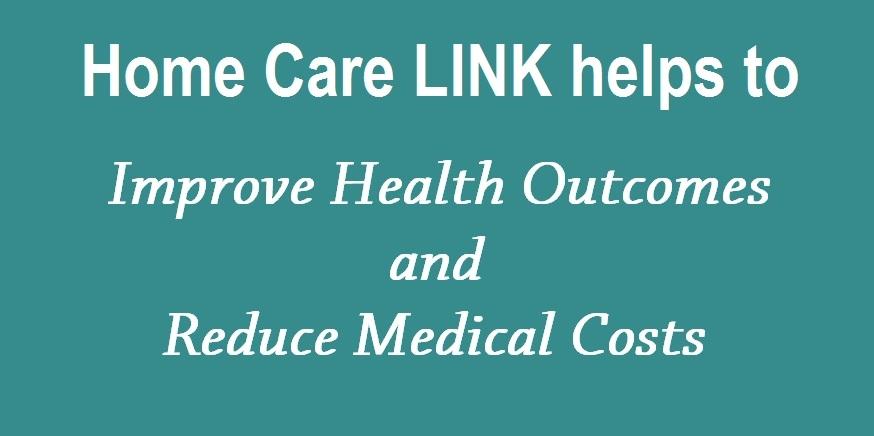All Americans realize that medical costs continue to rise significantly. Most of these medical expenses are for patients with one or more chronic disease conditions. Many of these patients also live at home, because it is less expensive and patients thrive much better in a familiar home setting.
Therefore, if we can improve treatment at home, we just might improve health outcomes and reduce medical costs. However, to do so we need to have better procedures to monitor at-home conditions.
The good news is that medical technology has dramatically improved treatment options: medicines, tests, and procedures. Therefore, if we learn more about a patient’s at-home condition, the more likely we are to improve outcomes.
The problem is how to cost effectively collect this in-home information. Currently Medicare (CMS) and other bill payers are developing options whereby medical providers can be paid for collecting in home data.
Unfortunately, using today’s prevalent medical cost model, “fee for service”, makes this difficult. The only way a provider can be paid is to have CPT code for every task they perform or recommend. Even for in home data collection there must be a code. No code, no pay!
Both CMS and other bill payers acknowledge that “fee for service” is a significant reason for the continuation rise of medical costs. Recognizing this, they are strongly incentivizing a new cost model, “value based care”. Under this model medical providers are paid based on the health and well-being of a specific population of patients. Rather than being paid on each performed or recommended task, they focus on maintaining the health of their patients. In fact the medical community has developed groups of providers called Accountable Care Organizations (ACO) to apply this new model. It has not been easy, and finding a profitable structure has been difficult. Through joint efforts of bill payers and providers it is improving.
Based early indications, it appears the new Biden Administration will continue to press for this “value based care” model. Early press releases indicate that they see this as a way to control skyrocketing medical costs.
One of the primary means of implementing value based care is to move to more cost effective treatment at home, especially for those patients with chronic disease conditions.
Healthcare providers are exploring better home care procedures. But still culturally seem to be tied to fee for service. Providers’ nurses can now be paid to call patients as frequently as once a month. They are also pushing telehealth options for collecting information. These device-based options work, but do require the patient to perform technical tasks to record and send the information. Additionally, COVID-19 has placed even greater emphasis on home care.
Unfortunately, this is difficult for many at-home patients. Many have reached the point where they have some degree of dementia and need the more frequent care from non-medical caregivers or sitters. Why can’t we develop procedures whereby the medical providers take advantage of the information these non-medical folks could provide? Not only is the information much more timely, the collection is dramatically less expensive.
Clearly, there is tremendous potential to getting this timelier and less expensive information about the condition of patients living at home with chronic conditions. More work is needed to develop these procedures. Better treatment at home will improve health outcomes and reduce medical costs.

